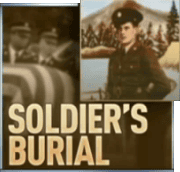
NBC Washington – After 70 Years, WWII Soldier Buried at Quantico
Seven decades after his death, Army Sgt. Richard Bean is finally at rest. Bean, 24, went off to fight in World War II — but never returned, dying July 7, 1944, in the Battle of Saipan. News4’s David Culver has the story of how he was laid to rest at last. View article.
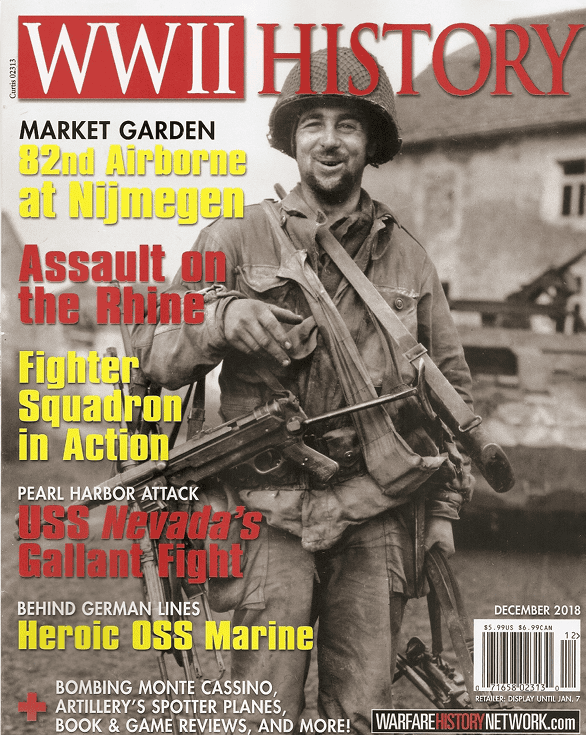
WWII History – NROTC Success
My article is featured in WWII History – “NROTC Success” where Naval ROTC graduate William C. Myers served in World War II and went on to remain a career naval officer.
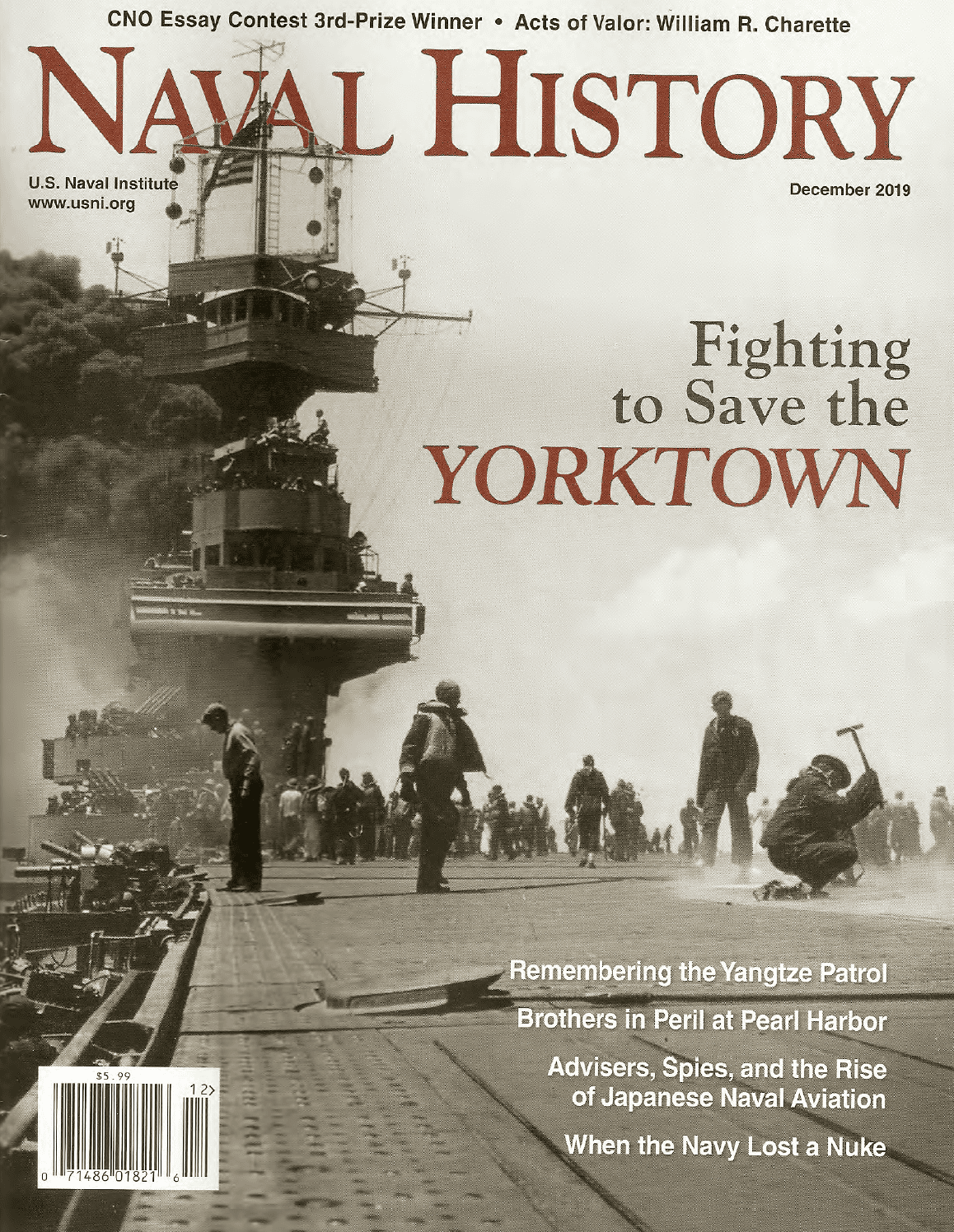
Jump-Starting Japanese Naval Aviation
My article is featured in Naval History – “Jump-Starting Japanese Naval Aviation”
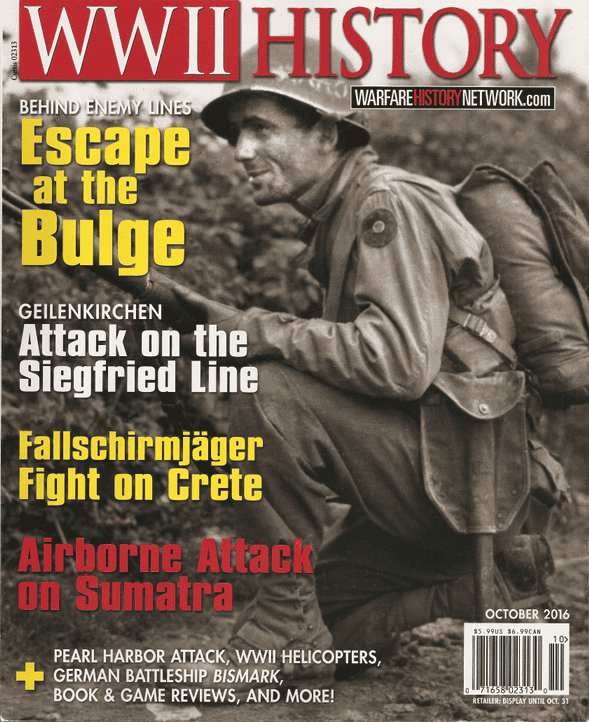
WWII History – BOMBER COMMAND PATHFINDER: Oral History interview with Alan George, RNZAF
My article is featured in WWII History – “BOMBER COMMAND PATHFINDER: Oral History interview with Alan George, RNZAF”

Naval History – “Too young to be scared”
It is estimated that around 200,000 American young men, and in some cases women, lied about their age to serve in one of the military services during World War II. Too many of them died before they were old enough to vote.
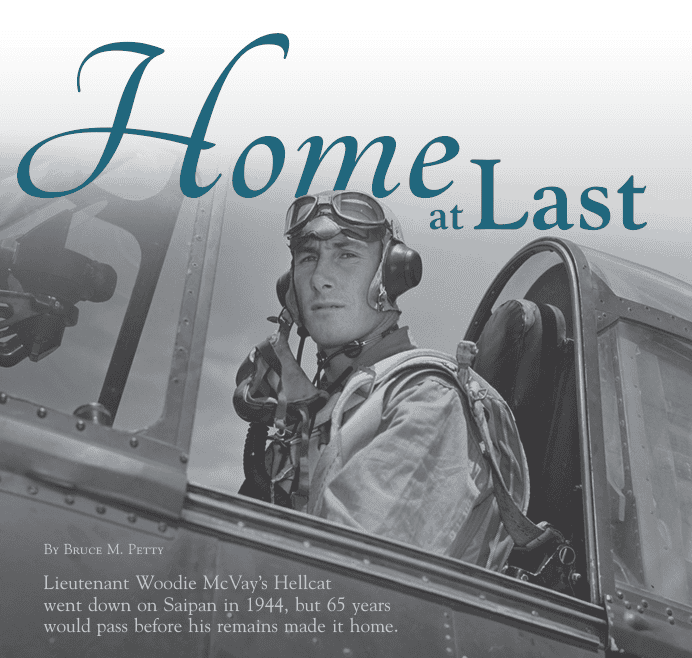
Naval History Magazine – Home at Last
Lieutenant McVay’s funeral was held 65 years after he went missing in the Mariana Islands in February 1944. At the time he was an F6F Hellcat pilot off the aircraft carrier USS Yorktown (CV-10).
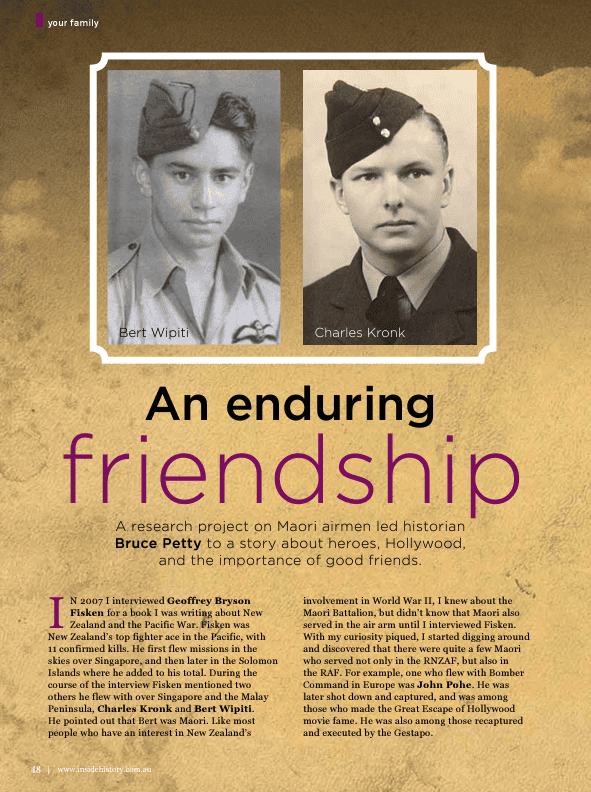
Inside History – An enduring friendship
For men who go off to war, death is a face they see in the mirror every day.
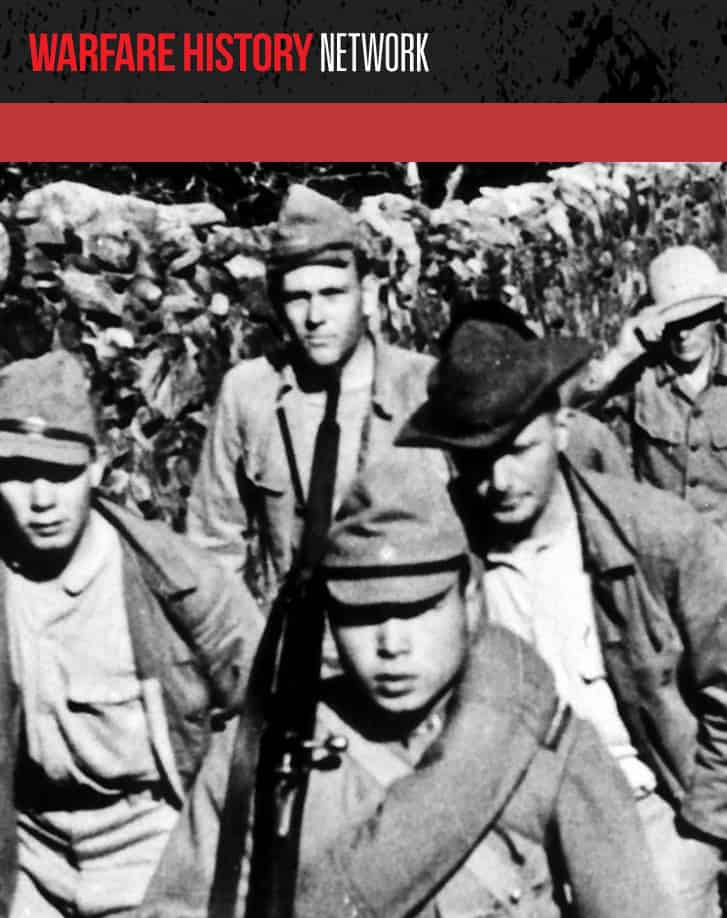
Warfare History Network – Last of the Gilbert Islands Coastwatchers
My article is featured in Warfare History Network – “Last of the Gilbert Islands Coastwatchers” where New Zealander John M. Jones recalls the perilous duty he performed during World War II and his capture by the Japanese. Read Article.
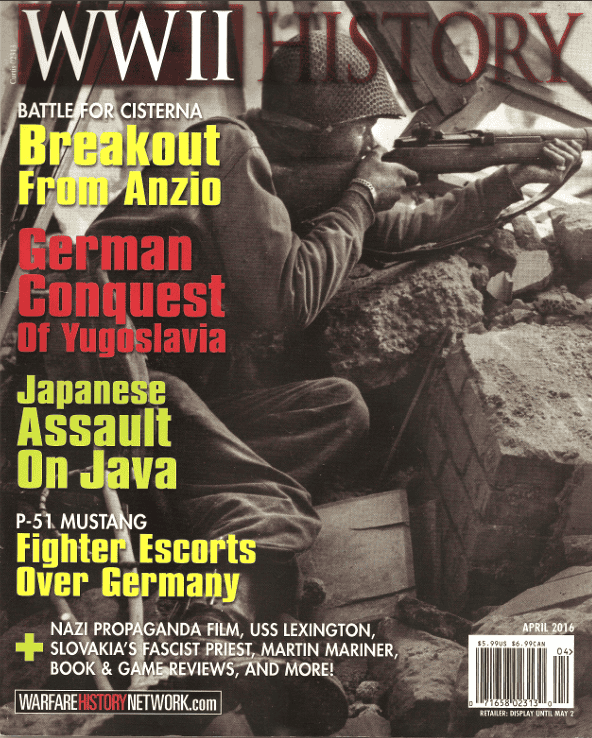
WWII History – VP-16 and Operation Forager
In the opening hours of the battle of the Philippine Sea, and American patrol plane was unable to transmit the location of the Japanese fleet.
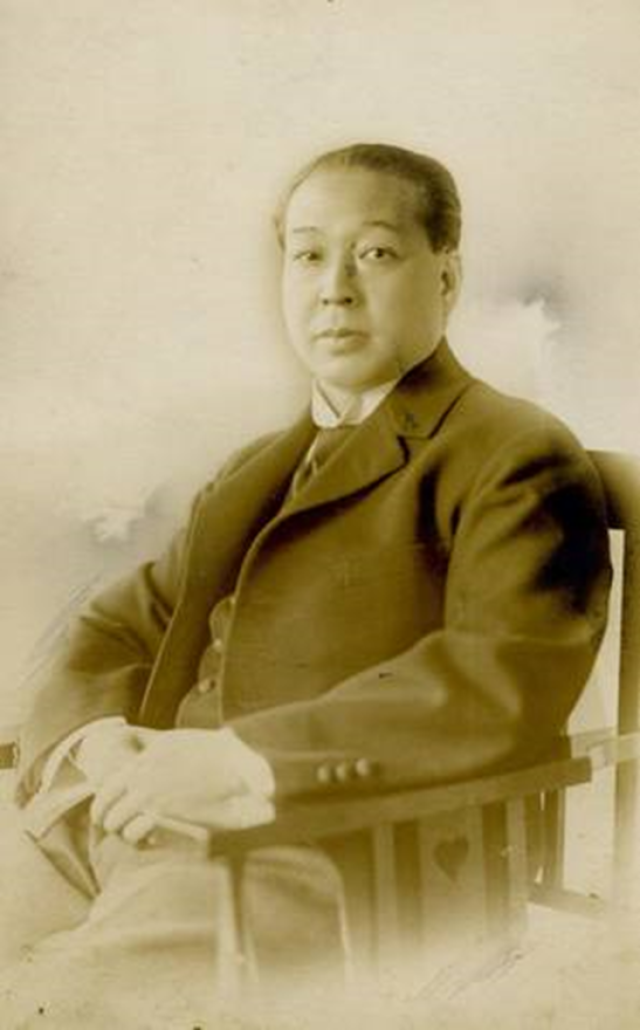
Micronesian Voices of the Pacific War
Bruces latest article “Micronesian Voices of the Pacific War” on the U.S. Naval Institute website provides a unique perspective on World War II from the standpoint of Micronesian islanders. It offers personal recollections of the Battle of Saipan, detailing the profound impact on the local Chamorro and Carolinian populations, whose experiences are often overlooked in traditional military histories.
By incorporating these voices, the article enriches our understanding of the war’s human cost and the cultural resilience of these communities.
Click here to read the article: LINK

Inside History – From Hollywood to Wellington
New Zealand families with sons of their own off fighting the war in North Africa and the Middle East gave young American fighting men a home away from home until they too set off to fight, and too often die, on island battlefields. Those who survived came to know New Zealand as their second home.
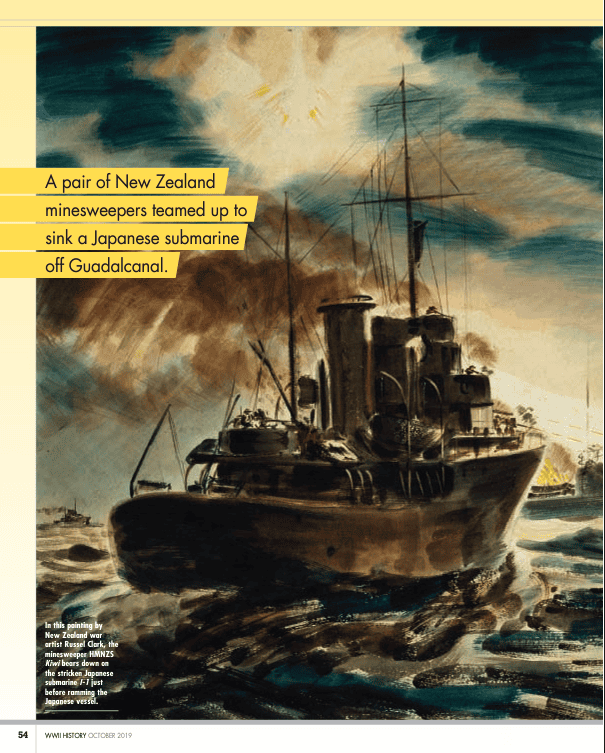
WWII History – Kiwi, Moa, and the Sinking of I-1
My article is featured in October 2019 WWII History – “Kiwi, Moa, and the Sinking of I-1” where a pair of minesweepers teamed up to sink a Japanese submarine off Guadalcanal.